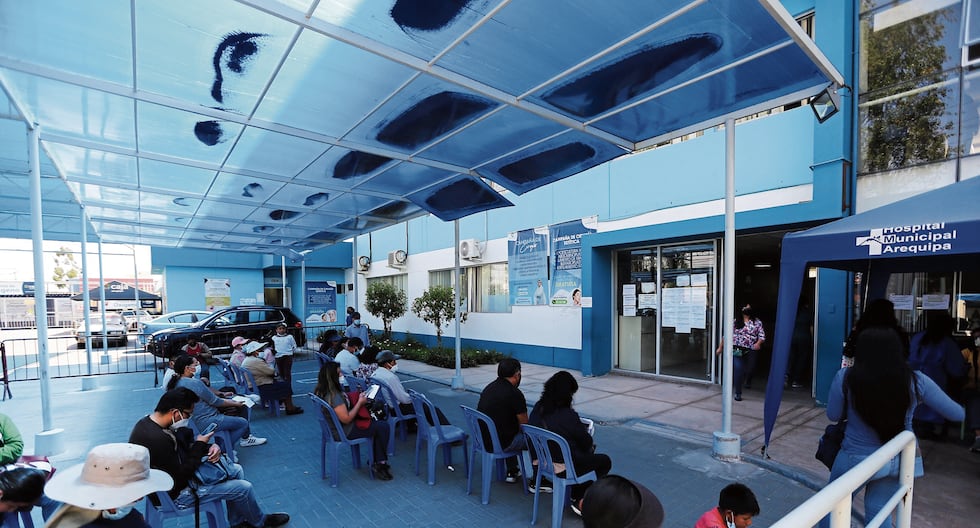Every October 6th the World Day of the Cerebral Palsy with the aim of making this condition visible and urging people to provide support to those who suffer from it.
This day seeks to increase understanding of what cerebral palsy and thus demystify false beliefs about disability, in addition to promoting greater opportunities of access to education, work and public spaces.
The cerebral palsy is a group of neurological disorders They affect a person’s ability to move, maintain balance and posture. It is due to a brain damage It occurs before, during, or shortly after birth, and its severity ranges from mild to severe.
Although the cerebral palsy It is not progressive, its effects They last a lifetime. It can manifest itself in difficulty walking, speaking, or performing fine motor tasks, but it does not affect the intellectual capacity of all people.
This condition is the physical disability most common in childhood and affects more than 17 million people worldwide.
According to the World Organization of the Health (WHO), in the Dominican Republic 156,600 people live with this condition.
The term cerebral palsy It has its origin in 1862 when William John Littlean English orthopedic surgeon, presented his observations on a group of children with developmental disorders that he described as “spastic rigidity.” He found that many of these children had a history of a prolonged or difficult birth, asserting that the motor disorders observed in these children were the result of4 disorders in the birth process. Idea that was accepted for about a century.
In 1897 the neurologist Sigmund Freud stated in his work “cerebral palsy“that these perinatal difficulties were a product of preexisting abnormalities in the fetus rather than the cause of the birth itself.” cerebral palsy.















